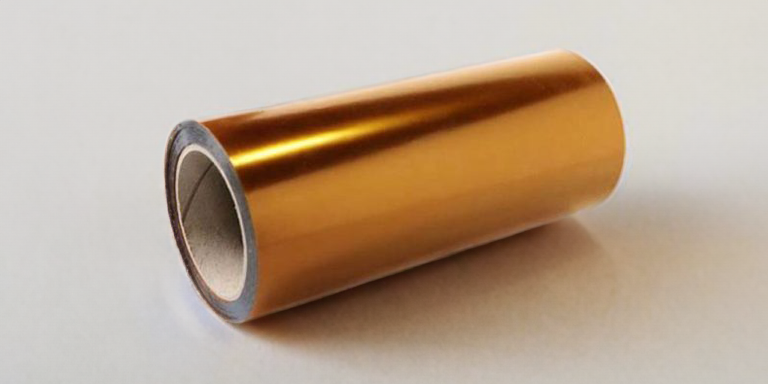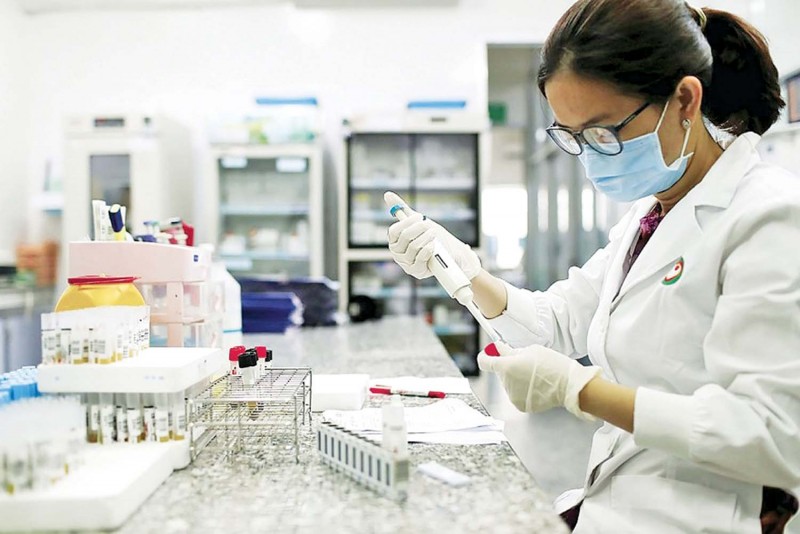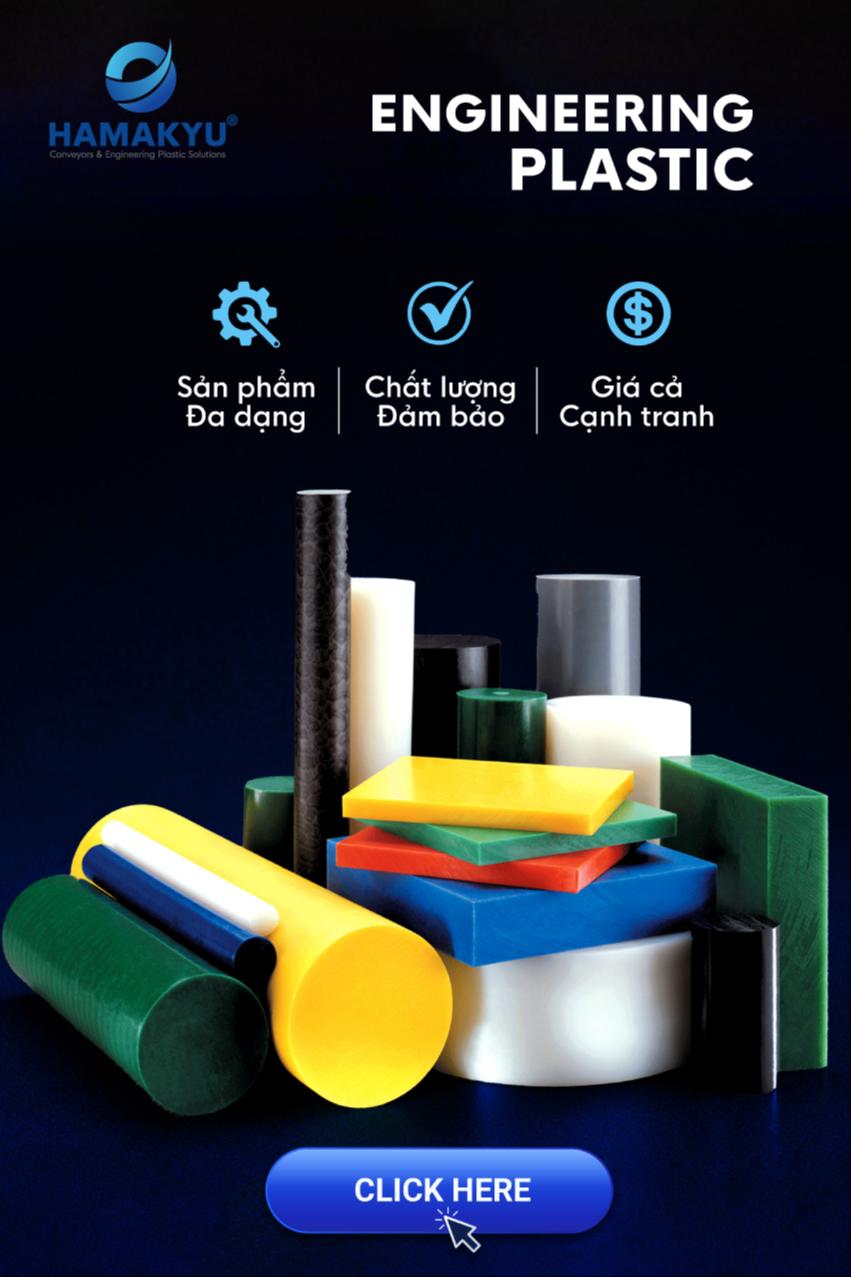I. Các loại nhựa chịu nhiệt
1. PEEK
PEEK (polyether ether ketone) là một trong những loại nhựa chịu nhiệt phổ biến nhất. Nhựa PEEK có thể chịu được nhiệt độ lên tới 260°C (500°F). Nó thường được sử dụng trong các ứng dụng như thiết bị y tế, linh kiện ô tô và các bộ phận hàng không vũ trụ.
PEEK được biết đến với độ bền cơ học tuyệt vời, khả năng chống hóa chất và thủy phân. Nó cũng có tính bắt cháy thấp và có khả năng chống bức xạ, khiến nó trở thành vật liệu lý tưởng cho các ứng dụng đòi hỏi độ bền và độ tin cậy.
Trong lĩnh vực y tế, PEEK thường được sử dụng trong cấy ghép và thiết bị y tế do tính tương thích sinh học và khả năng thấu quang của nó. Trong ngành hàng không vũ trụ, nó được sử dụng trong các bộ phận đòi hỏi độ bền cao và đặc tính nhẹ.
 Nhựa chịu nhiệt PEEK
Nhựa chịu nhiệt PEEK
2. PPS
Polyphenylene sulfide (PPS) là một loại nhựa nhiệt dẻo kỹ thuật hiệu suất cao, được biết đến với khả năng chịu nhiệt và hóa chất đặc biệt. Nó là một loại polymer bán tinh thể mang đến sự kết hợp giữa độ bền, độ cứng và độ ổn định kích thước cao, khiến nó trở thành vật liệu lý tưởng cho nhiều ứng dụng. Nhựa PPS chịu được nhiệt độ tối đa là 218°C (424°F).
PPS thường được sử dụng trong các ngành công nghiệp như ô tô, điện và công nghiệp, nơi khả năng chống lại hóa chất, dung môi và nhiệt độ được đánh giá cao. Nó thường được sử dụng trong sản xuất linh kiện cho hệ thống nhiên liệu, đầu nối điện và thiết bị công nghiệp.
Một trong những ưu điểm chính của PPS là khả năng duy trì các đặc tính của nó ở nhiệt độ cao. Ngoài ra, PPS có khả năng chống chịu tuyệt vời, khiến nó trở thành lựa chọn đáng tin cậy cho các bộ phận chịu áp lực lặp đi lặp lại.
 Nhựa chịu nhiệt PPS
Nhựa chịu nhiệt PPS
3. Polyimide
Polyimide là một loại nhựa chịu nhiệt khác được sử dụng rộng rãi trong các ứng dụng nhiệt độ cao. Những vật liệu này có thể chịu được nhiệt độ lên tới 400°C (752°F) và thường được sử dụng trong ngành hàng không vũ trụ để cách nhiệt, cũng như trong các ứng dụng điện tử và ô tô. Loại Polyimide điển hình là nhựa Katon.
Một trong những ưu điểm chính của polyimide là tính ổn định nhiệt, khiến nó trở thành vật liệu lý tưởng cho các ứng dụng yêu cầu khả năng chịu nhiệt độ cao. Nó cũng có khả năng kháng hóa chất tốt nên thích hợp sử dụng trong môi trường ăn mòn.
Polyimide thường được sử dụng trong sản xuất bảng mạch in linh hoạt, cách điện cho dây và cáp, cũng như làm lớp phủ cho các linh kiện điện tử khác nhau. Độ bền cao và đặc tính điện môi tuyệt vời khiến nó trở thành lựa chọn phổ biến cho các ứng dụng này.
Ngoài các ứng dụng công nghiệp, polyimide còn được sử dụng trong sản xuất màng, chất kết dính và chất phủ hiệu suất cao. Tính linh hoạt và độ bền của nó làm cho nó trở thành một vật liệu có giá trị trong nhiều ngành công nghiệp.

Film Polyimide chịu nhiệt
4. Polyme tinh thể lỏng
Polyme tinh thể lỏng (LCP) là một loại vật liệu độc đáo thể hiện cả tính chất của polyme và tinh thể lỏng, còn được biết đến với khả năng chịu nhiệt, LCP có khả năng chịu được nhiệt độ lên tới 300°C (572°F). LCP thường được sử dụng trong các ứng dụng điện và điện tử nhiệt độ cao, cũng như trong các linh kiện ô tô và công nghiệp.
5. Các loại nhựa chịu nhiệt khác
Ngoài các loại nhựa chịu nhiệt cụ thể trên, còn có nhiều loại vật liệu khác có mức độ chịu nhiệt khác nhau, chẳng hạn như:
Polyetherimide (PEI) : chịu được nhiệt độ lên tới 180°C (356°F).
Polyphenylsulfone (PPSU) : chịu được nhiệt độ 180°C (356°F).
Polytetrafluoroethylene (PTFE) : có nhiệt độ hoạt động trong khoảng từ -200°C đến 260°C (-328°F to 500°F).
Polyetherketone (PEK): có nhiệt độ hoạt động trong khoảng từ -180°C đến 260°C (-300°F to 500°F).
II. Ứng dụng của nhựa chịu nhiệt
1. Ngành công nghiệp hàng không vũ trụ
Ngành công nghiệp hàng không vũ trụ phụ thuộc rất nhiều vào nhựa chịu nhiệt để chế tạo các bộ phận khác nhau của máy bay và tàu vũ trụ. Những loại nhựa này được sử dụng trong các bộ phận động cơ, tấm bên trong và các bộ phận cấu trúc do tính chất nhẹ và khả năng chịu được nhiệt độ cao trong suốt chuyến bay. Nhựa chịu nhiệt cũng đóng vai trò quan trọng trong việc cách nhiệt và bảo vệ các thiết bị điện tử nhạy cảm trên tàu.

2. Công nghiệp ô tô
Trong ngành công nghiệp ô tô, nhựa chịu nhiệt được sử dụng trong các bộ phận động cơ, ứng dụng dưới mui xe và các bộ phận nội thất. Những loại nhựa này có thể chịu được nhiệt độ cao do động cơ và hệ thống xả tạo ra, khiến chúng trở nên lý tưởng để sử dụng trong các bộ phận như ống nạp, bình tản nhiệt và các bộ phận của hệ thống nhiên liệu. Ngoài ra, nhựa chịu nhiệt được sử dụng trong các bộ phận bên trong để chịu được nhiệt độ cao có thể tích tụ bên trong xe vào những ngày nắng nóng.

3. Công nghiệp điện tử
Nhựa chịu nhiệt rất cần thiết trong ngành công nghiệp điện tử vì khả năng bảo vệ các linh kiện điện tử nhạy cảm khỏi nhiệt và cung cấp khả năng cách nhiệt. Những loại nhựa này được sử dụng trong sản xuất bảng mạch, đầu nối và vỏ cho các thiết bị điện tử. Chúng cũng đóng một vai trò quan trọng trong việc sản xuất các linh kiện điện tử cho thiết bị điện tử công nghiệp và tiêu dùng, trong đó khả năng chịu nhiệt là yêu cầu then chốt.

4. Ngành y tế
Trong ngành y tế, nhựa chịu nhiệt được sử dụng trong nhiều ứng dụng khác nhau như khay khử trùng, dụng cụ phẫu thuật và vỏ thiết bị y tế. Những loại nhựa này có thể chịu được nhiệt độ cao và môi trường hóa học khắc nghiệt của quá trình khử trùng, khiến chúng trở nên cần thiết để đảm bảo an toàn và hiệu quả của thiết bị y tế. Nhựa chịu nhiệt cũng đóng một vai trò quan trọng trong việc phát triển các thiết bị y tế đòi hỏi khả năng chịu nhiệt độ cao trong quá trình sử dụng.

Nguồn: cpiplastic.com





